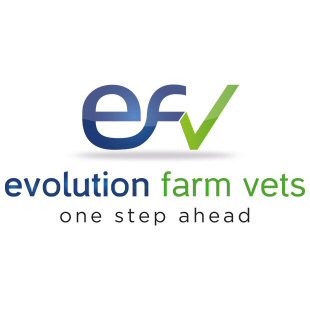Ketosis is also known as acetonaemia. Acetonaemia is a disease of high yielding lactating cows. It is characterised by a drop in milk yield, a drop in body weight, inappetance and occasionally neurological signs. It is associated with an inadequate supply of the energy needed to sustain high levels of milk production. Acetonaemia can affect cows of any age, and any breed can be affected. It usually affects cows 3-6 weeks post calving, as this is the time when milk production peaks, but there is not a concurrent peak in appetite and dry matter intake. Cows are therefore in negative energy balance (energy intake is not sufficient to meet energy output) and so fat stores are mobilised to meet the energy deficit. Fat is oxidised to form molecules that can be converted to glucose. Then these pathways are saturated, the by-products (acetyl CoA) are converted into ketones, which are a form of energy that can be used by the body. Negative energy balance is a normal occurrence in high yielding dairy cows, and most cows return to positive energy balance after peak milk yield (about 5-7 weeks post calving). The presence of low levels of ketones in the blood is not uncommon. However, the balance is delicate and any disturbance in feed intake or stresses can precipitate a problem. Acetonaemia can also be secondary to any problem that causes a reduction in feed intake, i.e. displacement of the abomasum, traumatic reticuloperitonitis etc. Diagnosis is by Rothera’s test, which is a test that looks for the presence of ketones in the milk and urine.
Clinical Signs
- Hypoglycaemia
- Gradual fall in body condition score
- Moderate decrease in milk yield in the early stages (prior to other clinical signs), followed by a more severe drop at the time of onset of other clinical signs
- Refusal to eat grain and concentrate feed
Treatment
Intravenous administration of glucose (500ml of 40% solution) will give a transient elevation in blood glucose. This will last for about 2 hours, so should be backed up with oral administration of a glucose source such as propylene glycol. If cobalt deficiency is a known problem within a herd, the propylene glycol should be supplemented with cobalt as this mineral is essential for rumen microbial synthesis of vitamin B12 and for adequate utilisation of glucose precursors in the rumen. Access to good quality feed is essential to try and improve appetite. If acetonaemia affects a large proportion of a herd, it may be beneficial to obtain a supply of ground maize as this has been shown to be readily digested in the small intestine, leading to a rapid increase in blood glucose levels.
